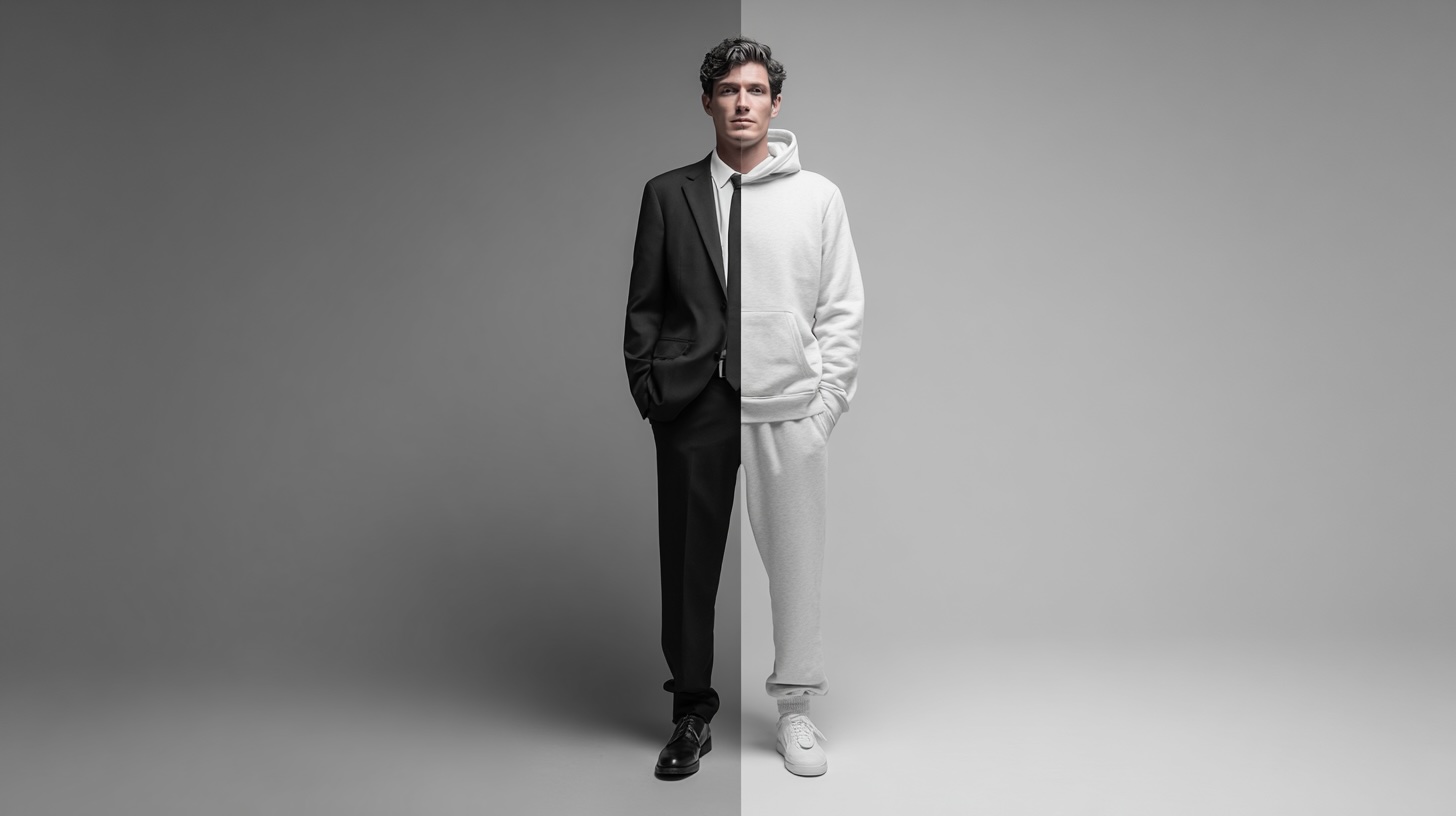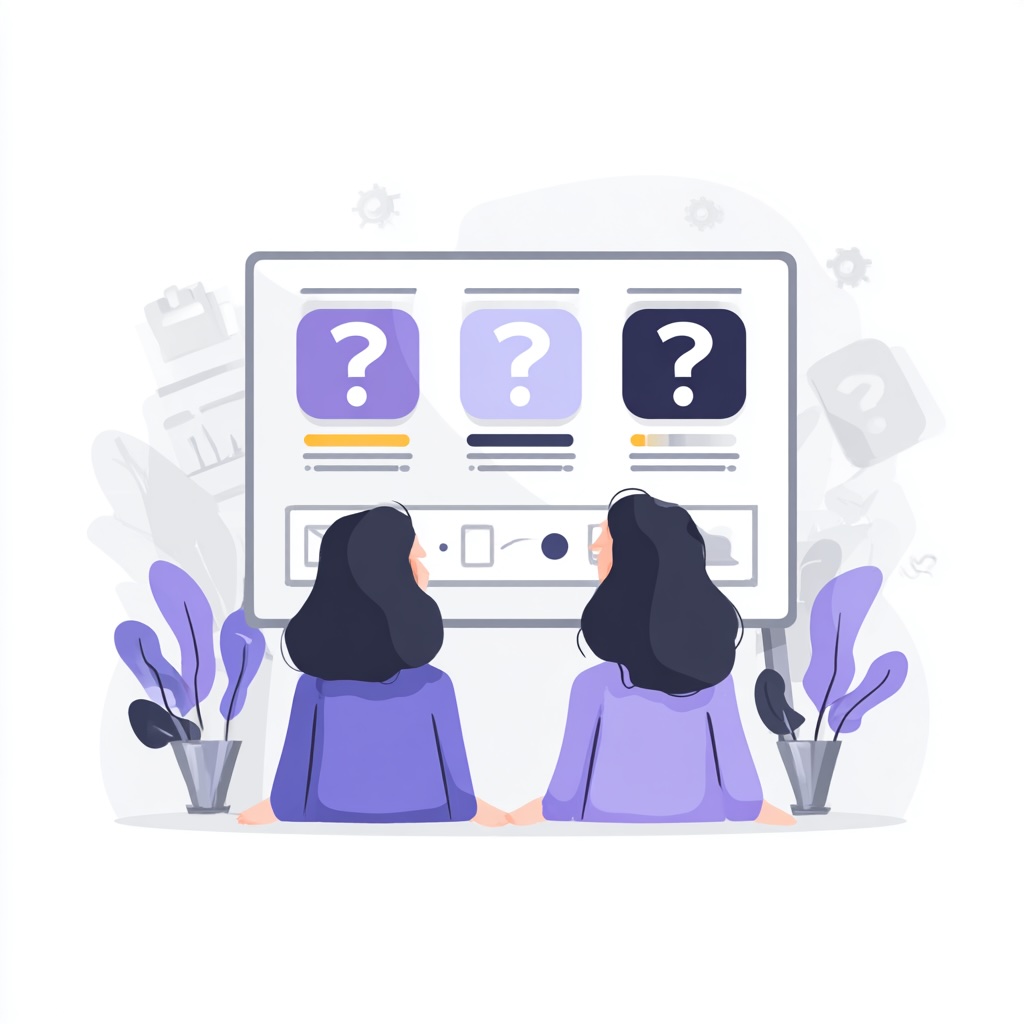

Table of contents

The myth that “UX is only for large companies”
Even in 2025, UX design still sounds like high-end projects for large corporations to many people. Entire teams, months of research, five-figure budgets.
A “luxury” indeed.
And, as we all know, not everyone can afford that.
But this is precisely where the misunderstanding lies.
To be on the safe side, we'll write it several times so it doesn't get overlooked:
UX is not a luxury product. UX is not a luxury product.
UX is not a luxury product. UX is not a luxury product.
UX is not a luxury product. UX is not a luxury product.
Instead, it is a tool that helps small and medium-sized businesses in particular to minimize risks.
Because in the end, it's not about pixel perfection, but about something very down-to-earth:
Understanding what really makes your users tick.
To make better decisions based on that understanding.
And to prevent a good product from failing because users abandon it on the way because a form is too complicated.
Or because the navigation remains unclear.
Or simply because expectations and reality don't match.
The quality of a product also includes how pleasant it is to use. This is exactly where UX comes in.
And it doesn't have to be expensive.

Small steps, big lever
Good UX doesn't just happen when you employ a whole research team. Even small measures can have a noticeable effect.
Some examples:
- Mini user interviews: Talk to five real users. Ask them where they get stuck, what frustrates them, what surprises them. These insights alone often reveal more than months of internal discussions.
- Rapid Prototyping: Instead of talking endlessly about features, build a simple clickable sketch in tools like Figma. Then have someone test it—and immediately see where ambiguities arise.
- Map micro journeys: Outline the three most important steps a user takes—e.g., registration, purchase, or onboarding. Mark where friction arises. Quick wins that can be implemented with minimal effort are often hidden here.
The advantage: you don't invest blindly in “big UX,” but immediately get a return that you can use in concrete terms.

Low-risk proof of work for decision-makers
What's particularly important for executives:
You can try to leverage UX at low risk.
You don't have to invest your entire budget in a UX team right away.
A pragmatic approach works like this:
- Start small: Begin with a specific use case. For example: “How can we improve conversion at checkout?”
- Short test run instead of a large-scale project: Instead of three months of research, a one-day UX sprint or a small usability test that delivers clear results in just a few steps.
- Make the impact visible: Document the changes: fewer dropouts, clearer user guidance, better team spirit. Even small improvements are convincing when they can be substantiated by data.
The key point: you reduce the risk.
UX becomes not a budget issue, but proof of work.
Proof that it is worth continuing.

What are the concrete benefits?
Many decision-makers ask: “Sounds good – but what are the results?”
The answers are surprisingly clear:
- Faster team decisions: Instead of endless discussions (“I think we should...”), UX provides real data. This speeds up meetings and creates consensus.
- Fewer missteps: Every feature that users don't need is wasted money. Early feedback allows you to pull the plug before it gets expensive.
- More conversions, less frustration: Small UX adjustments have a direct effect: clearer forms, easier navigation, fewer abandonments. They pay off in terms of revenue and satisfaction.
- Stronger customer loyalty: Users who feel understood stay longer. They recommend you to others. This is not marketing magic, but a direct result of good UX.

“Hey, UX investments really pay off!”
Once you see that your first small steps are successful, you can start to expand your UX in a targeted manner.
But here, too, the same rule applies: it doesn't have to happen all at once.
- You can integrate UX optimizations into your product development step by step.
- You can start by investing only where the greatest leverage lies.
- You retain control over your budget and pace
And if you're wondering how to take that first step most easily, we've developed a compact starter tool that gives companies a low-risk introduction to UX — the UX Action Kit.
It's a capped investment that gives you ready-to-use designs that guarantee you at least three quick wins right away.

Conclusion
UX is not a luxury. It is a smart way to avoid risks, seize opportunities, and make more informed decisions.
You don't have to wait until you are “big enough” or “have more budget.”
You can start today.
Small, pragmatic, and low-risk with the budget you have.
If you want to see what getting started looks like, take a look at our UX Action Kit. An easy starting point for a better user experience in no time.











